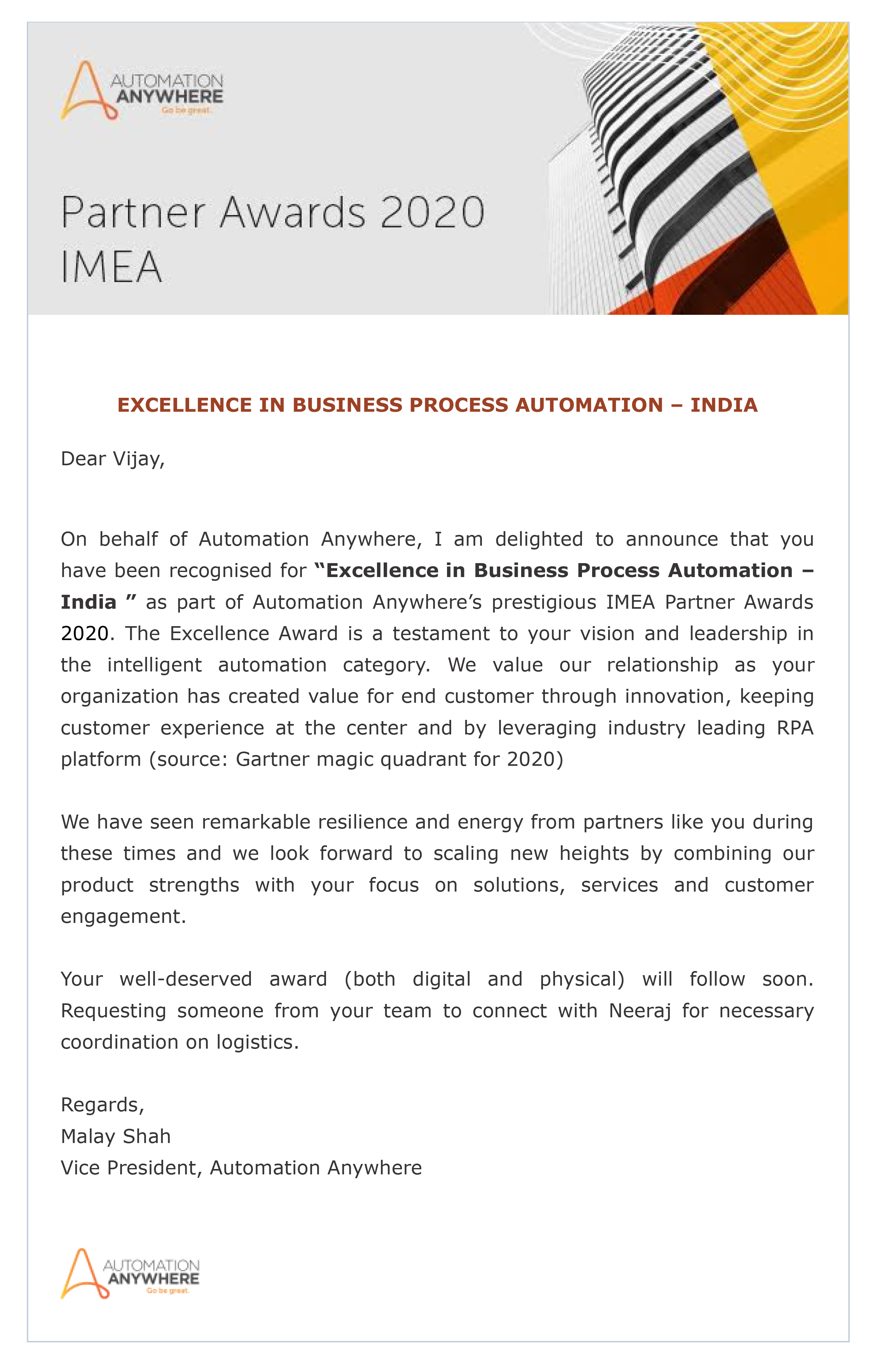It has been difficult to ignore the global supply chain issues that have plagued us over the past two years. People who want to buy a new car are facing delays due to a shortage of semiconductor chips, possibly lasting into 2023. Grocery stores in Canada and the U.S. have empty shelves as they struggle to stock the necessities consumers need.
The reality is that the global supply chain has been affected from end-to-end by the COVID-19 pandemic and it is taking its toll. Fortunately, Robotic Process Automation (RPA) can help us navigate and mitigate these challenges to ease the burden on manufacturers, suppliers, businesses and consumers. But before we get into that, let’s take a closer look at the supply chain issues facing the world today.
The Complexity of the Supply Chain Issues
The world’s supply chain issues stem from many contributing factors that are interrelated, forming a complex web of cause and effect that can be felt across the globe and in every industry. At the heart of these supply chain issues is COVID-19. Prior to the emergence of the Omicron variant, COVID was already wreaking havoc on the global supply chain—Omicron made it worse. Here’s how:
Labor shortages
Labor shortages have occurred along every point of the supply chain, from the collection and creation of raw materials, to the factory floor, to shipping and distribution, and finally, to the sales floor. The Omicron variant of COVID-19 has amplified theses shortages, leaving industries without enough staff to keep goods flowing.
Ghost orders
Businesses that are concerned about getting the orders they need from their suppliers, are placing what are called “ghost orders.” Vendors will place the same order with multiple suppliers in the hopes that one of them will come through with a delivery. This creates a false level of demand for these supplies.
Panic buying
With empty shelves becoming increasingly common, consumers are keeping a sharp eye on stock levels. When an item comes in, shoppers will snap them up quickly, once again clearing the shelves and perpetuating the cycle of panic buying.
Bottlenecks
During times when goods become available and need to be transported, seaports become jammed with cargo ships and distribution centers fill up with trucks waiting to load and offload their cargo. The result is a bottleneck as shipments move slowly, causing further delays on goods that are desperately needed in stores and through online vendors.
Lack of data
Many businesses do not have the data they need to accurately predict demand and potential shortages. For example, at the beginning of the COVID-19 pandemic, the automotive industry expected a decreased demand for new vehicles. They canceled orders for semiconductors, only to find that demand was far higher than they anticipated.
How RPA Can Make a Difference
RPA is perfectly poised to help ease the burden of supply chain issues on businesses. By automating tasks that would take humans hours to accomplish, speed and productivity increase, human error is eliminated, and the supply chain can move more quickly.
This cost-effective solution can also help improve the supply chain through:
- End-to-end visibility into the supply chain
- Real-time flow of information
- Rapid response
RPA can help provide visibility into all parts of the supply chain and it can be integrated with relevant supply chain systems. This makes it possible for a business to view the state of each part of their supply chain, as well as their operations and inventory, the current state of the market, and market forecasts.
The ability to gather this information in real-time and the use of artificial intelligence (AI) to analyze it, makes every part of the supply chain transparent and makes it possible to accelerate supply chain operations and facilitate business continuity.
As an example, consider the manufacturing industry. RPA provides manufacturers with access to a complete and accurate inventory of raw materials required in their manufacturing, which will allow them to determine the risk associated with each component of the products they manufacture.
They can then make realistic predictions as to when certain components will become available and develop a manufacturing schedule accordingly. This information can then be passed up the supply chain, influencing distribution and delivery schedules.
COVID-19 is still with us, and it will continue to affect the supply chain for months to come. But RPA can help ease the burden and increase the efficiency and agility of the supply chain to minimize the impact of the pandemic.
Reach out to one of our team members at Tangentia and discover how we can work with you to create a customized RPA solution to meet your supply chain needs.




























































